
Atomic Pulse
Paper Cranes, Messages of Peace Shared to Mark Anniversary of Atomic Bombings in Japan as Tokyo Olympics Close

This blog post was written by NTI summer intern Maggie O’Brien. O’Brien received her Bachelor of Arts degree in Political Science from Northeastern University and is working towards her Master of Arts degree in International Relations from the Johns Hopkins School of Advanced International Studies. O’Brien is working in support of the Communications team at NTI for the William J Perry Project.
One of the most hopeful events of the year, the summer Olympic Games in Tokyo, closed as the world marked the anniversaries of two of the darkest days in human history: the August 6 and August 9, 1945 atomic bombings of Hiroshima and Nagasaki.
To honor the victims and share a message of peace and hope, NTI partnered with the Hiroshima Prefecture, Nagasaki Prefecture, and the Hiroshima Organization for Global Peace on global weekend of action.
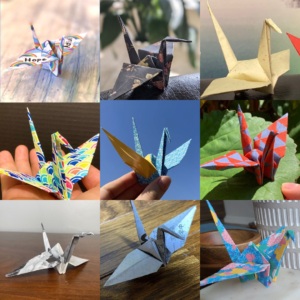
NTI asked organizations and communities, families and individuals to make a wish for our common future by folding an origami crane and sharing a photo of it on social media using the hashtag #CranesForOurFuture.
Hundreds participated to collectively reach millions of people around the world. More than 30 organizations partnered to engage their constituents, including the Carnegie Corporation of New York, the European Leadership Network, and the United Nations Office for Disarmament Affairs. A number of embassies in Japan also participated, including Australia, Slovenia, Denmark, and Thailand.
Among the prominent individuals who folded a crane and shared a message of peace:
- William J. Perry, the 19th Secretary of Defense
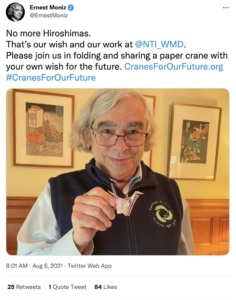
- Des Browne, former UK Secretary of Defence
- Rose Gottemoeller, former NATO Deputy Secretary General
- Izumi Nakamitsu, UN Under-Secretary-General for Disarmament Affairs
- Hidehi Yuzaki, Governor of Hiroshima
- Ernest Moniz, 13th Secretary of Energy
The social media platform TikTok allowed individuals to engage with the campaign. Hundreds of content creators on TikTok used the #CranesForOurFuture hashtag and custom crane sticker, posting videos that have been viewed more than six million times. With the majority of TikTok’s users under 30 years old, the platform allowed the campaign to engage with a younger audience. Dozens of volunteers from the advocacy group Beyond the Bomb shared their cranes and answers to the question: What does a world without nuclear weapons look like to you?
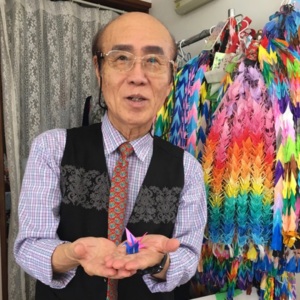 The most powerful messages came from those who survived the 1945 atomic bombings. Hiroshima survivor Fumiaki Kajiya shared his own crane after serving as an Olympic torch bearer.
The most powerful messages came from those who survived the 1945 atomic bombings. Hiroshima survivor Fumiaki Kajiya shared his own crane after serving as an Olympic torch bearer.
Family members of Sadako Sasaki, a girl who died of leukemia in the aftermath of the Hiroshima bombing, shared their cranes and wishes for people to continue honoring her legacy. In the United States, second- and third-generation survivors of Hiroshima shared their own family stories. Among them: author Kathleen Burinkson and her daughter Sara.
The HOPe organization transformed a collage of paper cranes people shared into a physical panel that they’ll bring to the Children’s Peace Monument, commonly known as Sadako’s statue, in Hiroshima in late September.
By sharing their personal stories, wishes, and origami cranes, survivors and others sent a powerful message over the August 6-9 Peace Weekend, reminding the world of the continuing threat posed by nuclear weapons and sharing hopes for a safer world in which nuclear weapons have no place.
Stay Informed
Sign up for our newsletter to get the latest on nuclear and biological threats.
More on Atomic Pulse
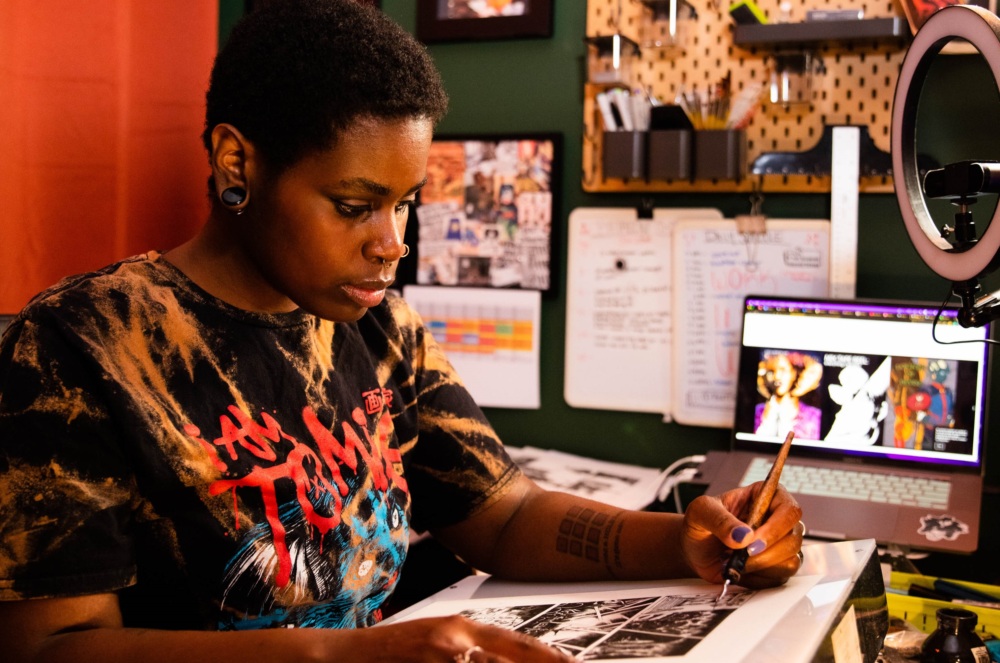
Art as Medium for Advocacy: Manga Artist Gigi Murakami on Her Mural for #CranesForOurFuture
Gigi Murakami is an American freelance illustrator and manga (comic) creator based in Brooklyn, New York. Her work blends Japanese manga art and vintage American comic and pulp aesthetics.

#CranesForOurFuture: Ukrainian Artist Eugenia Zoloto on Finding Hope during War
Eugenia Zoloto is a Ukrainian artist who specializes in paper cutting, collages, and illustrations, in addition to working with oil paints and mixed mediums. She lives in Kyiv with her husband and two children and is participating in the 2023 #CranesForOurFuture campaign by contributing a beautiful floral sculpture featuring an origami crane.
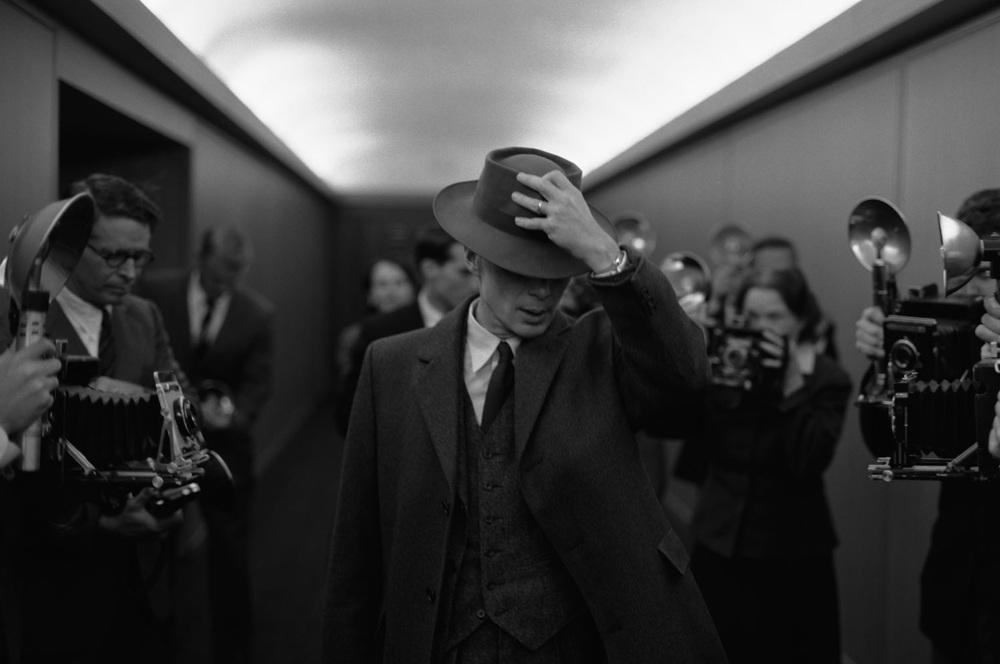
Oppenheimer and Advocacy: You’ve Seen the Film, Now What?
Considering the current nuclear landscape, the power of Christopher Nolan’s film and the moral and ethical questions raised by J. Robert Oppenheimer’s work, movie viewers may be motivated to act to advocate for a world without nuclear weapons. But how?
